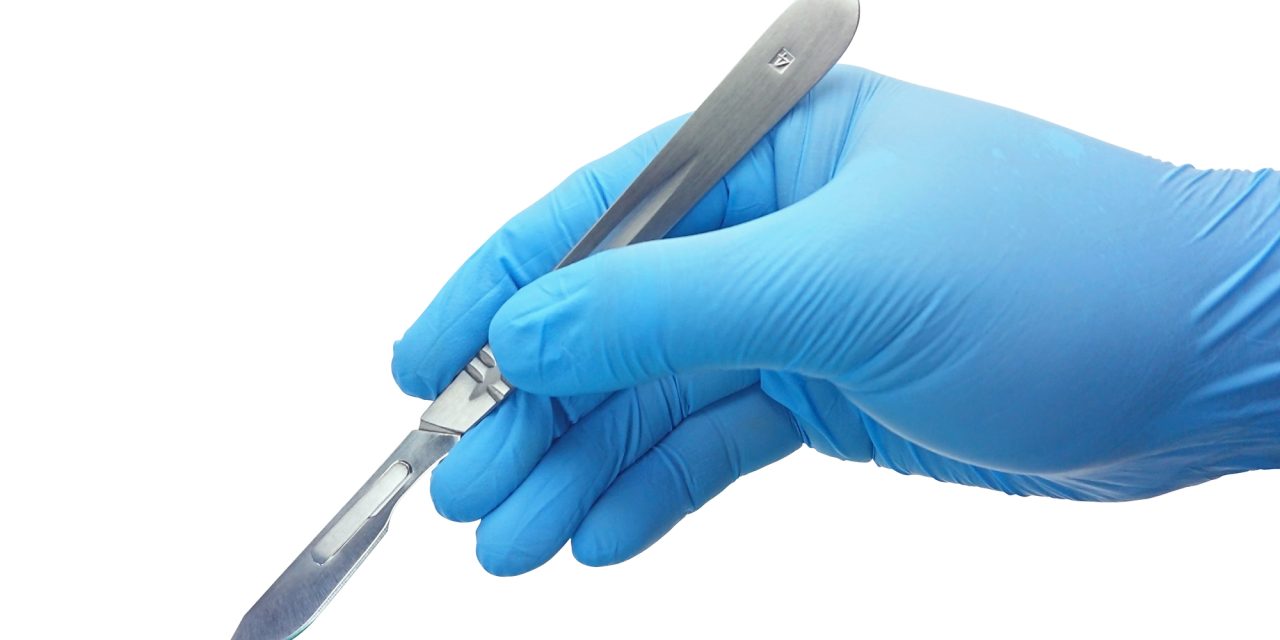To report the incidences of secondary lip and nose operations, otolaryngology procedures, speech-language therapy, neurodevelopmental concerns, and dental and orthodontic issues in children with isolated cleft lip to inform multidisciplinary cleft team protocols.
An American Cleft Palate-Craniofacial Association-approved team at a tertiary academic children’s hospital.
Retrospective cohort study of patients evaluated through longitudinal clinic visits by a multidisciplinary cleft palate and craniofacial team between January 2000 and June 2018.
Children with nonsyndromic cleft lip with or without cleft alveolus (n = 92).
Median age at final team visit was 4.9 years (interquartile range: 2.4-8.2 years). Secondary plastic surgery procedures were most common between ages 3 and 5 (135 per 1000 person-years), and the majority of these procedures were minor lip revisions. The rate of tympanostomy tube insertion was highest before age 3 (122 per 1000 person-years). By their final team visit, 88% of patients had normal hearing and 11% had only slight to mild conductive hearing loss. No patients had speech errors attributable to lip abnormalities. Psychological interventions, learning disabilities, and dental or orthodontic concerns were uncommon.
Most patients with isolated cleft lip may not require long-term, longitudinal evaluation by cleft team specialists. Cleft teams should develop limited follow-up protocols for these children to improve resource allocation and promote value-based care in this patient population.
Evaluation of Multidisciplinary Team Clinic for Patients With Isolated Cleft Lip.


